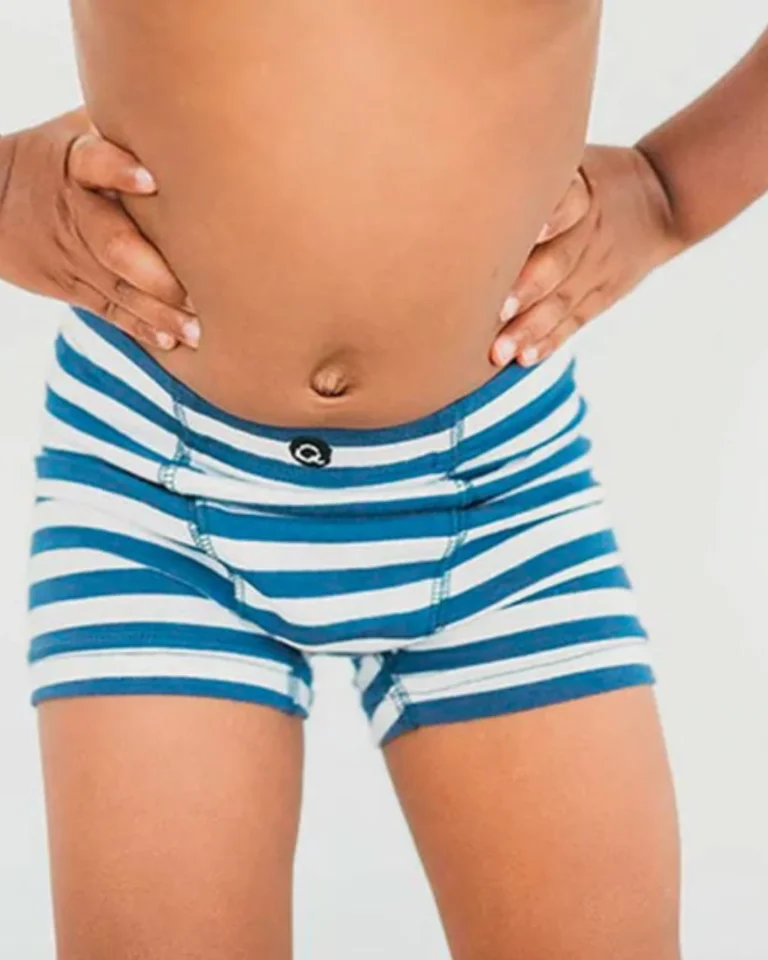SKL is reader supported. When you buy through links on our site, we may earn affiliate commission. Learn more here.
If you’ve ever found yourself thinking recycling is so much more complicated than it should be, you’re not alone. This ultimate guide to recycling symbols will not only help you understand what they mean (and don’t mean), but it will also help you to recycle and choose your packaging much more effectively!
Recycling guidelines vary widely from city to city. Ever since China implemented their Green Sword policy in 2018…well…the guidelines they are a’changin’.
China’s Green Sword policy implemented a ban on all recycling imports over a 0.5% contamination rate. Prior to this policy, the US exported nearly all of its recycling to China, but our average contamination rate is a whopping 17%.
In some areas it’s even as much as 40% or more! So in effect, this policy banned all of our recycling from being exported, causing a massive shift in how we as a country deal with our waste.
Contamination is anything that’s recycled improperly. This includes something in your recycling bin that isn’t actually recyclable, something that’s recyclable but in the wrong bin, or something that’s recyclable and in the correct bin but not empty, clean, and dry.
And to make matters even worse, the chasing green arrows symbol we all know and love doesn’t always mean what we think it means.
So today, let’s unpack what the chasing arrows recycling symbol really means! Plus how we can use it to be better recyclers ♻️
Note that this guide is focused on recycling symbols and guidelines in the United States. These symbols may vary in different parts of the world.
Does the chasing arrows symbol mean something is recyclable?
In short, no.
If you see the chasing arrows symbol on something, it does not necessarily mean that item can be recycled.
There’s not actually much regulation around the use of the chasing arrows symbol (Möbius Loop). In fact, there’s so little regulation around it that for you and I as consumers, the recycling symbol quite literally means nothing at all.
(I’ve even seen some city recycling websites specifically say to “ignore the chasing arrows symbol.”)
Here’s what the chasing arrows symbol can mean:
♻️ The item is technically recyclable somewhere.
This is the closest the symbol ever gets to saying “this item is for sure recyclable”. Sometimes, you’ll see some text next to the symbol that says “where facilities exist,” but in reality, those facilities probably don’t exist.
My favorite example of this use of the chasing arrows symbol is beverage cartons (think Boxed Water, orange juice, etc.). I can’t tell you how many beverage cartons I’ve seen with labels that look like this:
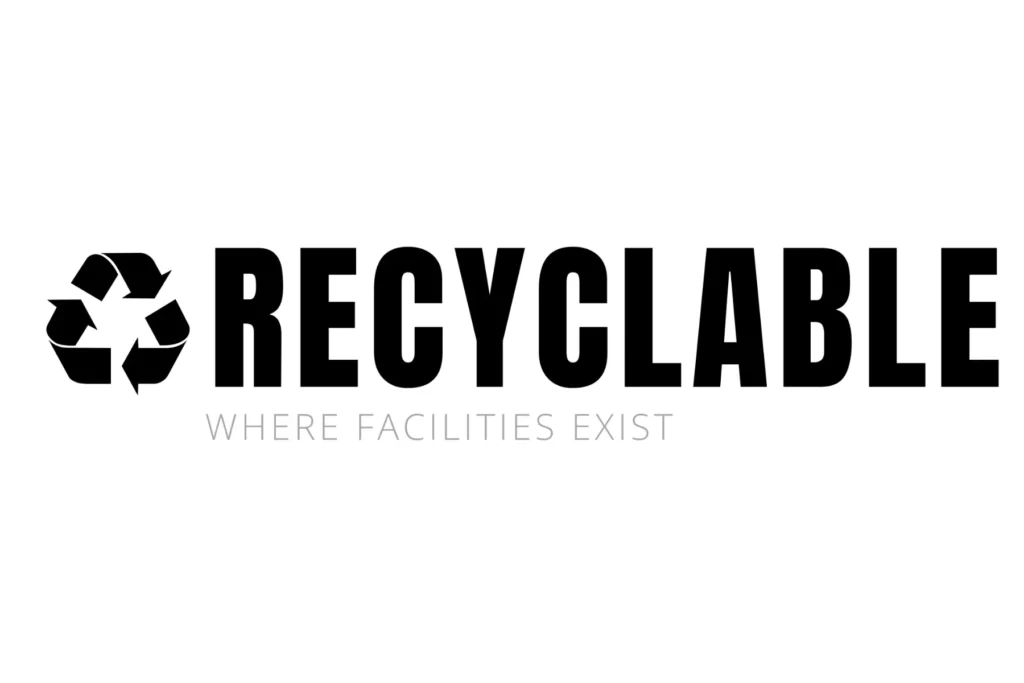
If you don’t know any better, you’d probably look at that label, totally miss the “where facilities exist” part, and assume that the carton can be tossed in your curbside bin, easy peasy.
But most municipalities don’t actually accept cartons for recycling, since they’re made up of so many different materials. It’s nearly impossible to separate them all, and once they are separated, they’re all so thin that there’s barely any resale value in them.
So if you see this symbol [and text] on something – always check your local recycling guidelines before tossing it in your bin!
♻️ The item is made from recycled materials.
Don’t get me wrong, it’s great when things are made from recycled materials! But it doesn’t always mean that it can be recycled again.
Take paper napkins for instance.
Paper napkins are often made from recycled paper. Which is great! But paper napkins – even if they were never used – cannot be recycled again because their fibers are too short.
So if you see this symbol on something that doesn’t seem like it should be accepted for recycling, look a little closer to see what the manufacturer is telling you with the symbol. If it’s that the item is made from recycled materials, double-check with your local guidelines to ensure it’s also recyclable before tossing it in your bin.
♻️ The item is plastic. (Usually…)
You’ve probably noticed that when the chasing arrows symbol is on something that’s plastic, the symbol is accompanied by a number 1-7. This number donates the type of plastic the item is made of, and, in most cases, is completely useless for us as consumers.
This number (the resin identification code) was never actually meant to be an indicator of recyclability, but instead to ensure consistency in plastic manufacturing and processing.
And to add to the complexity of this system, the #7 category is literally just a catch-all for anything that doesn’t fall into one of the first six categories. This can include anything from sunglasses to chip bags, and even includes bioplastics and BPA – which should never go in your recycling bin.
So be sure to double-check your city’s recycling guidelines before tossing something plastic in your recycling bin just because you see the chasing arrows symbol. And note that most cities accept plastics based on shape rather than type.
p.s. if you’re at all curious on how to know which types of plastic is actually safe to store your food in, you’ll want to read this guide on how to know if your plastic food containers are safe for reuse!
Other recycling symbols to know:
The good news is, some states are starting to implement better regulations around the use of the chasing arrows symbol, which means that additional, more specific symbols will need to be used.
Here are two of the most common ones:
♻️ How2Recycle
You may have already started seeing the How2Recycle label on things.
This new labeling system is significantly better than the vague chasing arrows symbol, but it definitely has room to improve.
For the How2Recycle labels to indicate something is “widely accepted” for recycling, that material has to be recyclable for just 60% of US households. So just barely more than half of the country.
Take a look at this How2Recycle label for a case of bottled water:
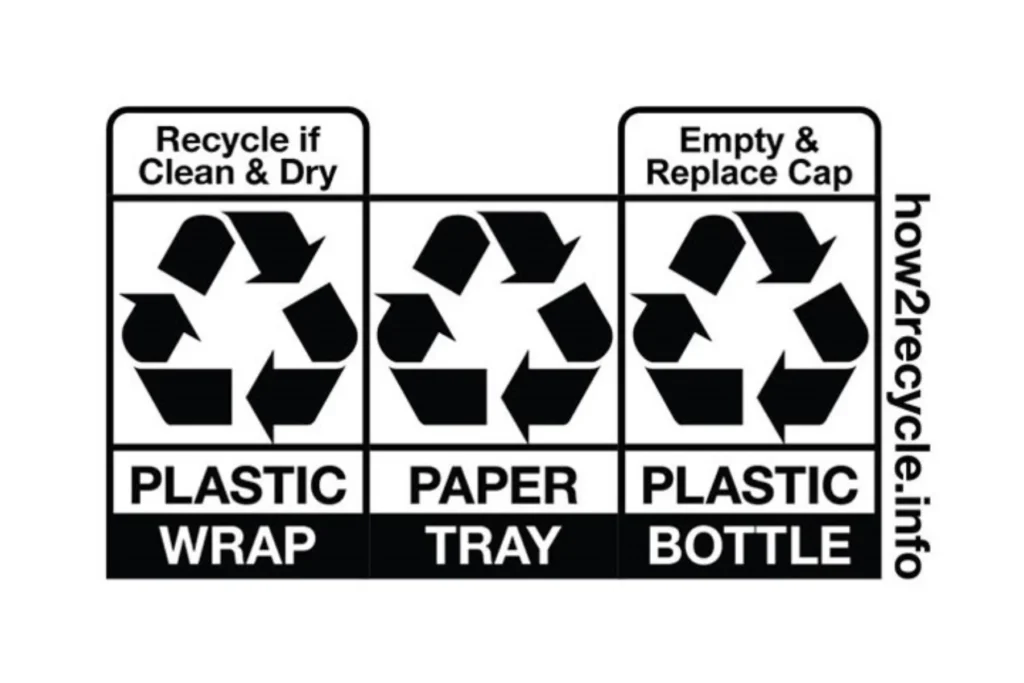
Based on this label alone, with no knowledge of what’s actually accepted for recycling in my city, I’d assume that I can put every piece of this packaging in my curbside recycling bin as-is.
But let’s take a look at the recycling guides for my home city of Tacoma, Washington:
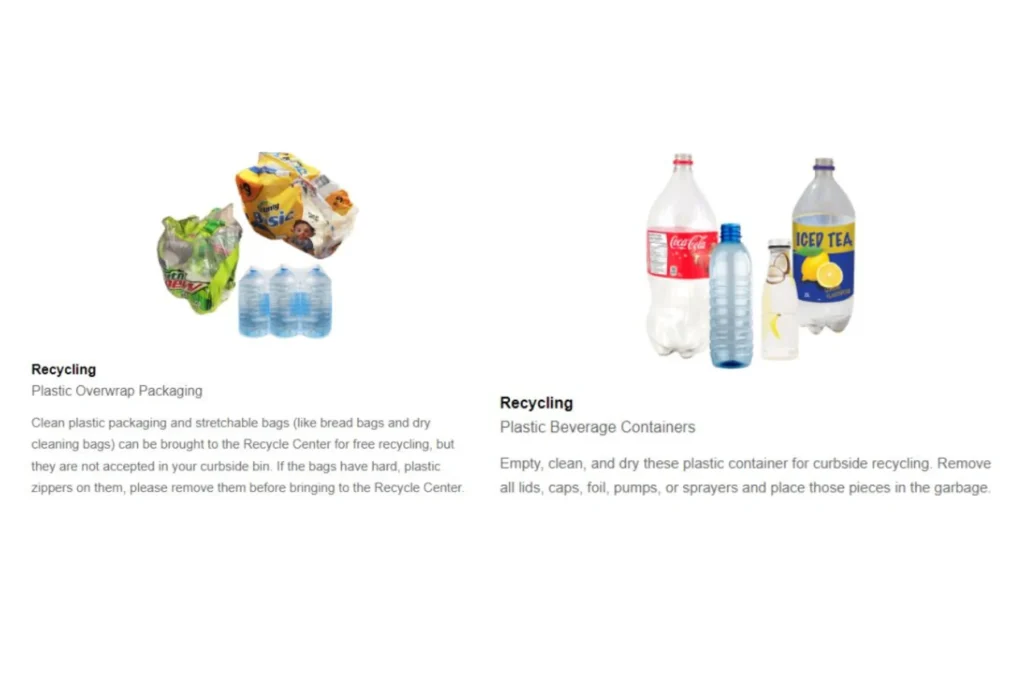
My city does not accept plastic wrap in my curbside bin, but I can drop them off at my local recycling center on their own.
I should also always remove bottle caps and throw them away before recycling plastic bottles.
On the flip side, let’s take a look at the recycling guidelines for Chicago, Illinois (the home of this blog and its founder, Danielle):
This is the very first thing you see on Chicago’s recycling guidelines page.
No soft plastics.
So that plastic wrap around the case of bottled water in our example is 100% not accepted for recycling in Chicago.
But! Unlike in Tacoma, Chicago specifies that you should “reattach plastic lids and caps so they get recycled too.” So in Chicago, the How2Recycle logo would be accurate for the plastic bottles.
This is another reason why it’s so important to double-check what’s accepted for recycling (and how) in your city.
♻️ BPI Certified Industrial Compostable
Okay so this BPI certified industrial compostable isn’t actually a recycling symbol, but it’s an important one to understand in relation to recycling.
As awareness around plastic pollution grows, manufacturers are shifting their products and messaging from “recyclable” to “compostable.”
But just because something is labeled as “compostable” or “biodegradable” does not mean it’ll actually break down naturally on its own.
If a product is advertised as “compostable,” it should always indicate whether it’s backyard compostable or industrially compostable. (Honestly, if it doesn’t specify which, I automatically assume the company is greenwashing me and I refuse to buy it.)
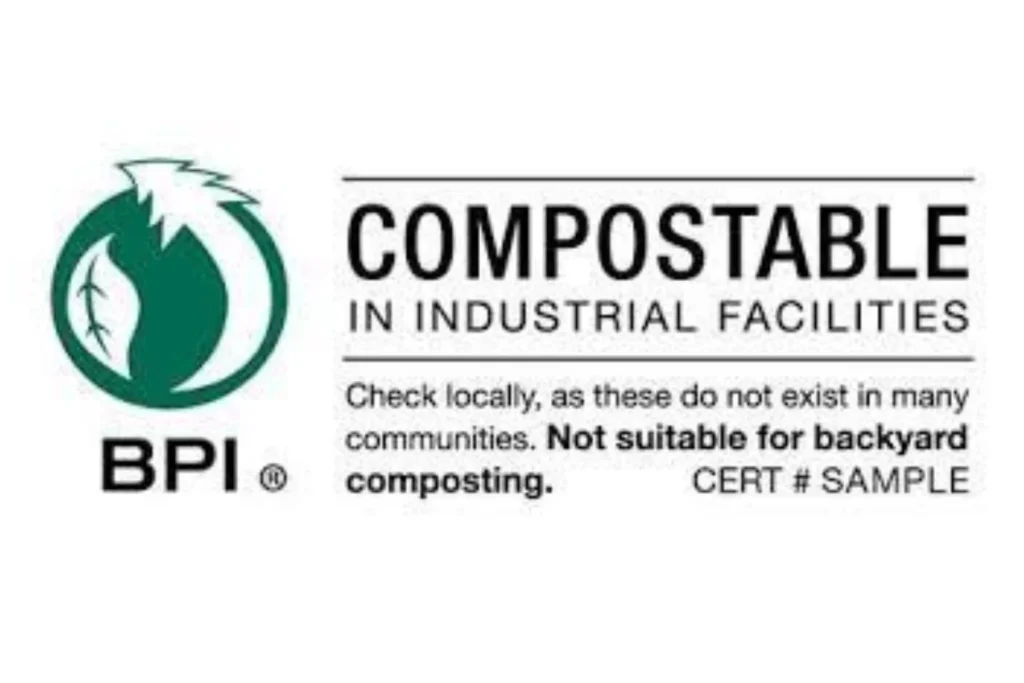
If something is labeled as “industrially compostable,” that means it requires a ton of heat to properly decompose, and there’s simply no way to get that in your backyard compost pile, so the item needs to be sent to an industrial composting facility that accepts these items (that last part is important!).
These items should never go in your recycling bin.
Even if these items look and behave like plastics that might be accepted for recycling in your area (think things like compostable cups and utensils), these materials require incredibly different processes than recyclable materials.
Where I live, these items are not accepted in our municipal compost, they’re not recyclable, and they can’t be added to a backyard compost pile, making them – by definition – trash.
So what does all of this mean for you?
Recycling guidelines are, frankly, unnecessarily complicated and variable.
But that doesn’t mean we shouldn’t do our best to recycle right – especially with materials that can be closed-loop recycled (i.e. recycled back into the same thing again and again), like glass and aluminum.
For proper recycling, remember these general guidelines:
- All items in your recycling bin should be completely empty, clean, and dry. This ensures they have the best chance of being recycled and won’t contaminate other items in the bin.
- Double-check what’s accepted by your city. If it helps, print out or create a guide that lives on or near your recycling bin so you can reference it easily.
- Don’t bag your recycling! Recycling should always be loose in the bin. Due to safety concerns, most cities won’t even open a plastic bag of recycling. They’ll just send it straight to landfill.
- When you see the chasing arrows symbol on something, take a closer look at what that symbol is telling you. Is it recyclable, made of recycled materials, or just plastic?
- If something that looks plastic is labeled as compostable, do not put it in your recycling bin.
- When in doubt, throw it out. As strange as it seems, if you’re not sure if something can be recycled, it’s better to throw it away than to potentially contaminate the rest of the recycling.
- Vote and advocate for stricter regulations around the use of the chasing arrows recycling symbol and for standard recycling guidelines across the country.
Remember – recycling isn’t a cure-all for plastic pollution. It should always be treated as a last resort, following refusing, reducing, and reusing. But recycling is an important part of creating a circular economy. So do your best with it!
Did any of this info about the chasing arrows recycling symbol surprise you? Drop a comment and let’s chat about it! Plus, feel free to check out our other helpful sustainable guides below.
 Enter To Win An Organic Luxury Mattress From PlushBeds!
Enter To Win An Organic Luxury Mattress From PlushBeds! 



